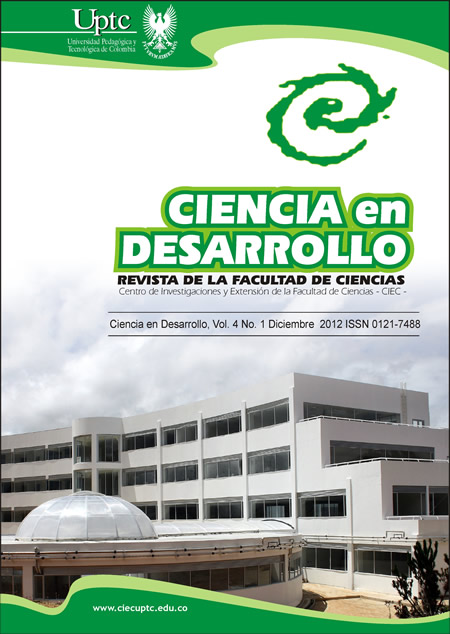BASES GENÉTICAS Y BIOLÓGICAS DEL SÍNDROME DE X FRÁGIL. (GENETIC AND BIOLOGICAL BASIS OF FRAGILE X SYNDROME.)

Abstract
Resumen
Después del síndrome de Down, el síndrome de X frágil es la causa más frecuente de retardo mental. Su distribución geográfica es universal y afecta a diferentes grupos raciales. Esta anomalía genética presenta un patrón de herencia ligado a X, dominante, con penetrancia incompleta y anticipación, por lo que revela una segregación no-mendeliana. En 1969, Lubs fue el primero en relacionar el retardo mental con la existencia de un sitio frágil, actualmente reconocido en el brazo largo del cromosoma X en la banda Xq27.3 denominada FRAXA. El gen involucrado en el síndrome de X frágil es el FMR 1, el cual fue identificado en 1991 y su defecto fue atribuido a una expansión del trinucleótido repetitivo CGG, localizado en el primer exón del gen. En la población normal, las repeticiones CGG varían entre un rango de 6 a 54, en individuos portadores entre 43 a 200 repeticiones (premutación), mientras que en afectados la expansión de la secuencia CGG tiene más de 200 repeticiones (mutación completa) y está asociada con la metilación e inactivación del gen. El clonaje del gen FMR 1 condujo a la caracterización de su producto de expresión: la proteína FMRP, involucrada en el metabolismo del RNA y en la función ribosomal. Cuando la región promotora está hipermetilada, se frena la producción del ARN mensajero (ARNm) del gen FMR 1 y, por ende, la producción de la proteína, causando retardo mental, macroorquidismo y otros rasgos físicos y comportamentales característicos del síndrome de X frágil. El diagnóstico del síndrome de X frágil se puede hacer a nivel clínico, citogenético, molecular e inmunohistoquímico, implicando el hallazgo de la fragilidad, la determinación de individuos normales, portadores y afectados, el grado de metilación del gen FMR 1 y la expresión de la proteína FMRP. Aunque este síndrome no tiene cura, el tratamiento en la última década ha sido un foco de interés no solo para los genetistas y médicos generales sino también para otros profesionales, tales como pediatras, psicólogos, trabajadores sociales, logopedas y educadores. El presente artículo tiene como objetivo informar sobre las bases genéticas y biológicas del síndrome de X frágil, y la ruta diagnóstica que debe tenerse en cuenta en el seguimiento de los pacientes y familias afectadas.
Abstract
Following the Down syndrome, Fragile X Syndrome is the most common cause of mental retardation. Its geographical distribution is universal and affects different racial groups. This genetic anomaly shows a pattern of inheritance linked to X, dominant, with incomplete penetrance and anticipation, so it reveals a non-Mendelian segregation. In 1969, Lubs was the first to link mental retardation with the existence of a fragile site, currently recognised by the long arm of the X chromosome in band Xq27.3 called FRAXA. The gene involved in Fragile X Syndrome is the FMR 1, which was identified in 1991 and its defect was attributed to an expansion of repetitive trinucleotide CGG, located in the first exon of the gene. In the normal population, the CGG repetitions vary from a range of 6 to 54, in carriers between 43 to 200 repetitions (Premutation) while in affected individuals the expansion of the sequence CGG has more than 200 repetitions (Full Mutation) and associated with methylation and gene inactivation. The cloning of the FMR 1 gene led to the characterization of its expression product: FMRP protein, involved in RNA metabolism and ribosomal function. When the promoter region is hypermethylated, it
reduces the production of messenger RNA (mRNA) of FMR-1 gene and, thus, the production of the protein, causing mental retardation, macroorquidism and other physical and behavioral traits which are characteristic of Fragile X Syndrome. The diagnosis of Fragile X Syndrome can be made at clinical, cytogenetic, molecular and immunohistochemical level, involving the discovery of the fragility, the determination of normal individuals, carriers and affected persons, the degree of methylation of the FMR-1 gene and expression of FMRP protein. Although this syndrome has no cure, treatment in the
last decade has been a source of interest not only for geneticists and general practitioners, but also for other professionals, such as paediatricians, psychologists, social workers, speech therapists and
educators. This article aims to report on the biological and genetic bases of the Fragile X Syndrome, and the diagnostic route to be taken into account in the follow-up of patients and families affected.
Keywords
Síndrome de X frágil, FMR 1, FMRP, retardo mental, premutación, mutación completa. (Síndrome de X frágil, mutación completa.)